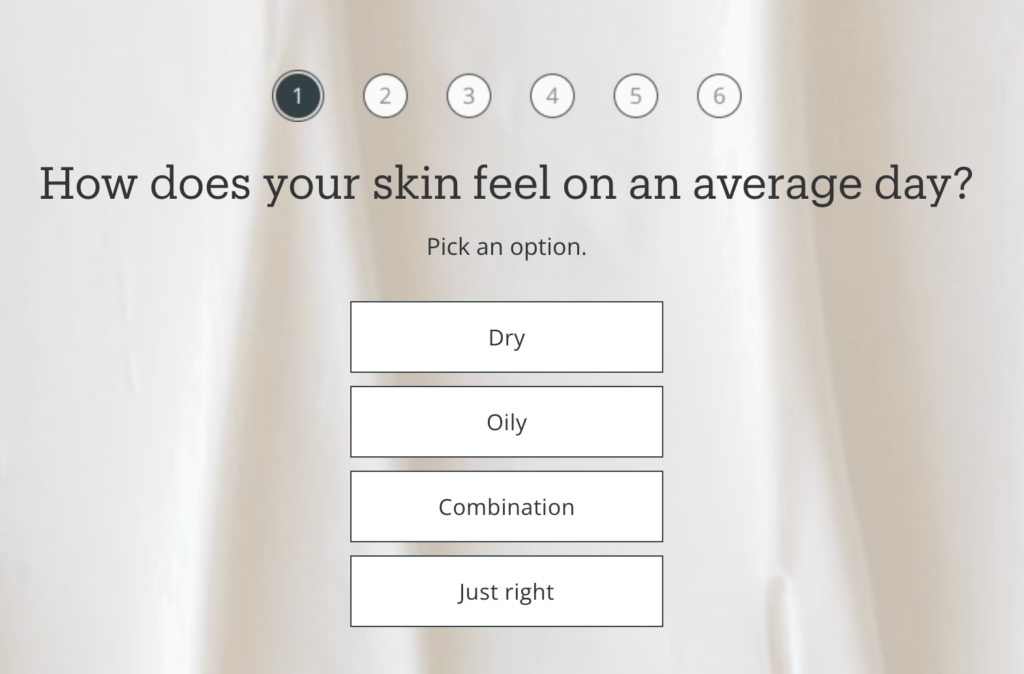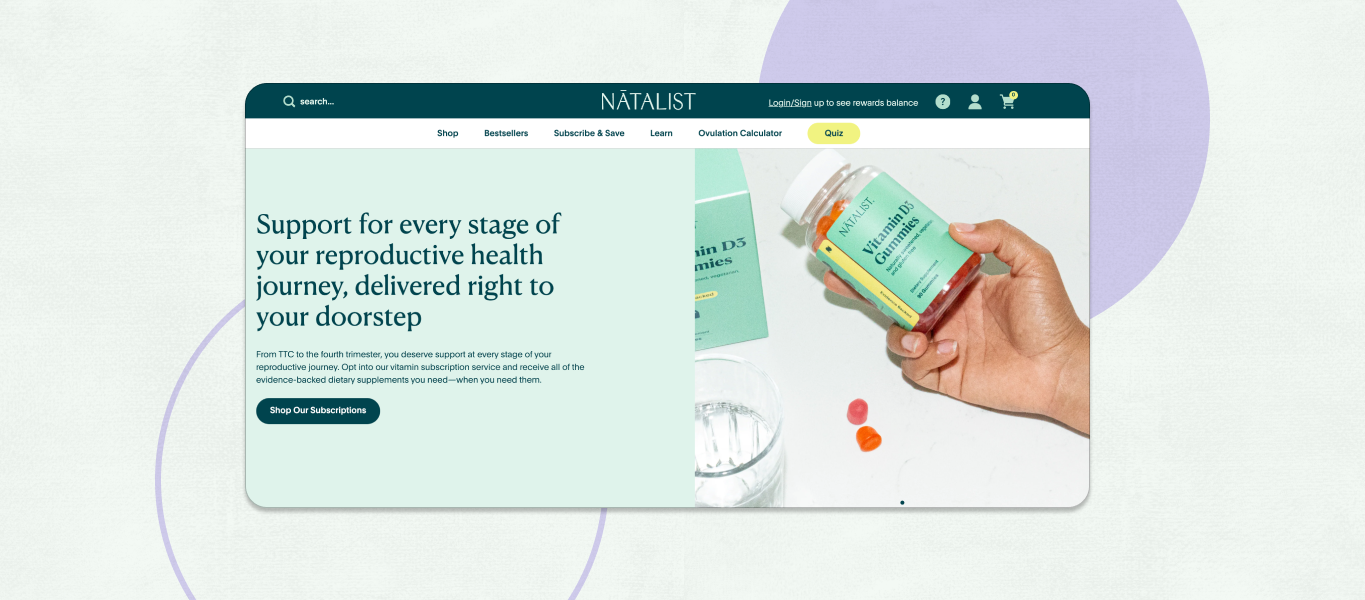Cross-selling is hands down one of the best strategies that ecommerce brands can use to increase average order value (AOV) and customer lifetime value (LTV). To further optimize the cross-sell experience—and simplify the backend work for your team—online stores can use a variety of technological tools that will transform their efforts.
By further personalizing cross-sell recommendations and making customers feel important and seen, brands will find greater success and can boost customer trust. Plus, with chatbots and interactive product visualization tools, customers can just sit back, shop, and take advantage of more of your products.
This post will cover the different categories of technological solutions that are emerging to make cross-selling more effective, and the ways in which you can measure the effectiveness of these technologies to enhance your cross-selling techniques.
Key takeaways
- Ecommerce brands should look to optimize their cross-sell strategies with these new tools and technologies.
- Using personalization tools will create a better customer experience and more effective cross-selling options.
- Tools driven by AI—like chatbots and interactive product visualization tools—will soon become the norm in the online shopping experience.
3 types of technological tools to optimize your cross-sell strategy
Chances are, your brand already has cross-selling strategies in place that allow you to target customers with additional products they should consider adding to their cart. But with new technologies emerging, now is the time to invest in alternative tools and strategies that can give your cross-sell techniques a competitive edge.
Today we’ll cover three of these technological solutions that can help optimize your cross-sell business strategy: personalization tools, chatbots, and interactive product visualization.
With these three tools in your belt, effective cross-selling becomes much easier for your team and can enhance your customer journey. There are a myriad of benefits to using these new tools for cross-selling, including:
- Maximized development efficiency, meaning less work on the backend
- Data-driven product recommendations that are more effective and successful
- Improved customer experience that will impress new and existing customers
1. Personalization tools for cross-selling
If you’re making product suggestions for customers, you want them to be as accurate as possible. This is where personalization comes in for optimizing your store’s cross-selling strategy—and there are a number of tools that can help.
These personalization tools are especially beneficial for brands that sell products that need to be very tailored to a customer’s needs, like skincare or haircare, or to their tastes, like food and beverage items. Using personalization tools can help your customers narrow down their choices and ensure they end up with the right products.
Online stores should consider utilizing the latest personalization tools, like:
- Product recommendation quizzes
- Customer segmentation tools
- Product recommendations based on browsing and purchase history
With a combination of these cross-selling personalization strategies at work, your brand can make targeted suggestions that will allow a new or existing customer to quickly add related or complementary products to their cart, without even having to think about it.
Take Skinfix, for example. They sell clean, clinically proven skincare products for all types of skin and all kinds of common problems, like acne, redness, and dry skin. For customers who land on their website and aren’t sure where to begin, they offer a product recommendation quiz that makes it easy to identify which products they should try. Plus, they categorize products by concern and by skin type, making it easy to shop no matter what skincare needs you have.

2. Chatbot technology for cross-selling
Another proven technology that can aid in your cross-selling efforts is the use of chatbots to create a more personal shopping experience. Conversational commerce is on the rise—customers increasingly want to interact with your brand, whether through an online chat, text messaging, or a quiz, when they shop your online store.
Ways in which ecommerce merchants can improve their cross-selling efforts via chatbot tools include:
- Proactive cross-selling prompts
- Personalized product recommendations
- Responsive chats to help answer product questions
Ecommerce stores that sell products that require a bit more education for customers can benefit greatly from chatbot technology, since it works as a sort of digital concierge. Brands that sell products with a luxury angle can also use chatbots to be more attentive for customers, giving them an edge above their competitors.
Blume uses their chatbot to make customers feel almost as if they’re shopping in a real brick-and-mortar store by asking how they’re doing when they arrive on the site. The chat then remains available for customer questions, which can also be answered by email if the shopper needs more specific help. Blume is able to build strong customer relationships this way, by engaging and building trust through these personalized features and an engaged customer service team.

3. Interactive product visualization tools for cross-selling
Speaking of brick-and-mortar stores, do you ever feel like you’re missing out when you shop online? For brands that sell clothing, furniture, and other items where normally it’d be helpful to physically see and touch them in a store, product visualization can be a great addition to your cross-selling strategy online.
With interactive product visualizations, your online store can show 3D product models, virtual try-ons, and even use augmented reality to help customers picture your items on their body or in their home. With this technology, you’ll make it easier for customers to make a decision about items and can boost certain products as cross-selling options.
Say you own a clothing store online. If you had an in-person location, you’d have a fitting room, right? Well thanks to technology, brands can create a fitting room experience online by using product visualization to show customers how their clothes would look.
Measuring the success of cross-selling technology
Once you’ve incorporated some or all of these cross-selling strategies, it’s crucial to measure how well they’re working so you can adjust and optimize the technology you’ve implemented. Sales teams should use the following metrics to evaluate how effective their cross-selling techniques are:
- AOV
- Retention
- LTV
- Repeat purchase rate
By following these metrics, you can see the impact your cross-selling efforts are having on revenue and these key performance indicators (KPIs). Brands should plan to continuously monitor and use this data to optimize their strategies.
Your customer success team can also utilize customer surveys to complement data tracking efforts and assess customer satisfaction to gain a deeper insight into how their cross-sells are performing.
Target new & existing customers with these cross-sell techniques
Leveraging new technologies to drive successful cross-selling will become increasingly important as the ecommerce landscape continues to evolve and your sales team aims to drive more business through cross-sells.
With personalized recommendations and support from chatbots, you can take your online store experience to the next level for customers and see increased customer lifetime value and average order value. By showcasing the most specific relevant products to customers, and helping them envision them, you’ll be able to increase revenue and sales while making the shopping experience easier for customers.
Sources
[1] The power of personalization: ecommerce quizzes with Octane AI (Recharge)



